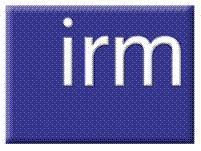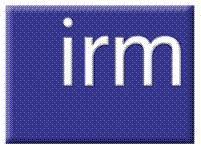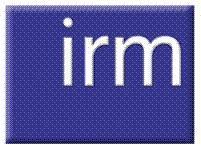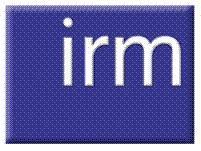Week three’s reading is the IRM standard
In my studies this week I’ve been introduced to the 2002 IRM Risk Management Standard.
So far I’m roughly half way through the first module of the IRM’s International Certificate in Risk Management.
Here’s a quick summary of what I’ve been reading this week.
The first module, Introduction to Risk Management, covers some of the basics about risk management terminology, organisational processes, the structure of it and what it’s there for.
Risk is defined as the probability of an event happening multiplied by its consequences, according to the standard definition. While risk management is concerned with identifying and treating all of the risks associated with the organisation’s activities.
A risk management process protects and adds value to the organisation and its stakeholders by providing a framework for consistency and control, improving decision making, promoting efficient use of resources, reducing volatility, protecting assets and optimising efficiency, according to the standard.
By living up to the IRM’s standard organisation’s can report that they’re in compliance with the fundamental principles of risk management. But it’s not intended to be prescriptive—individual organisations are free to interpret and apply it in the best way for their particular needs.
Next I’ll be tackling Turnbull’s guidance for directors on risk management, which I understand is due to be revised again in February.



















